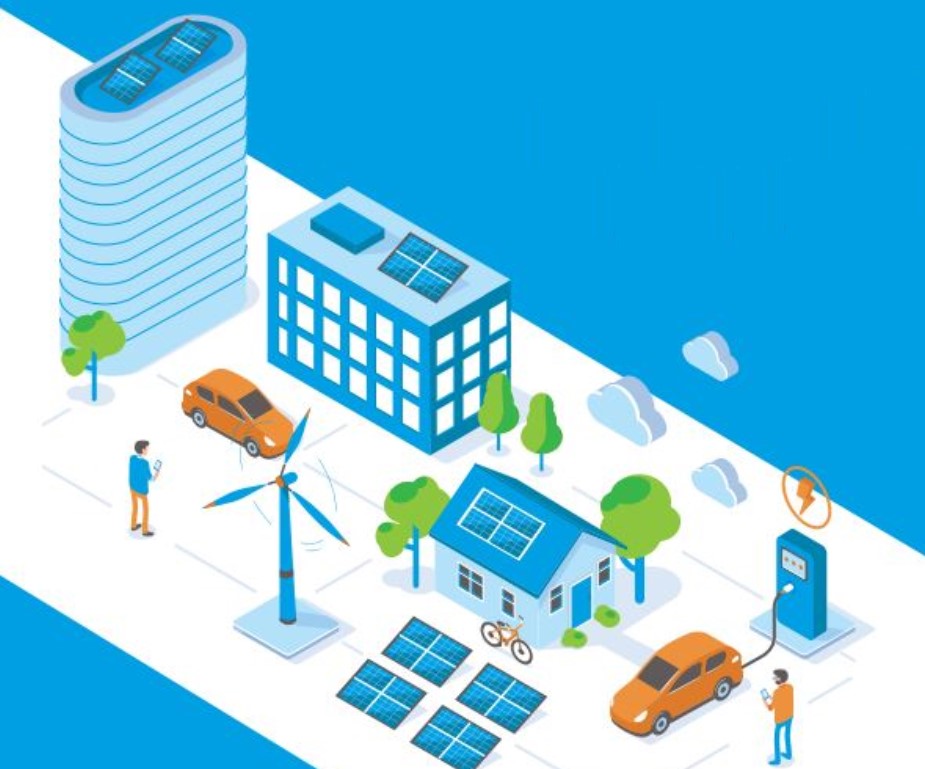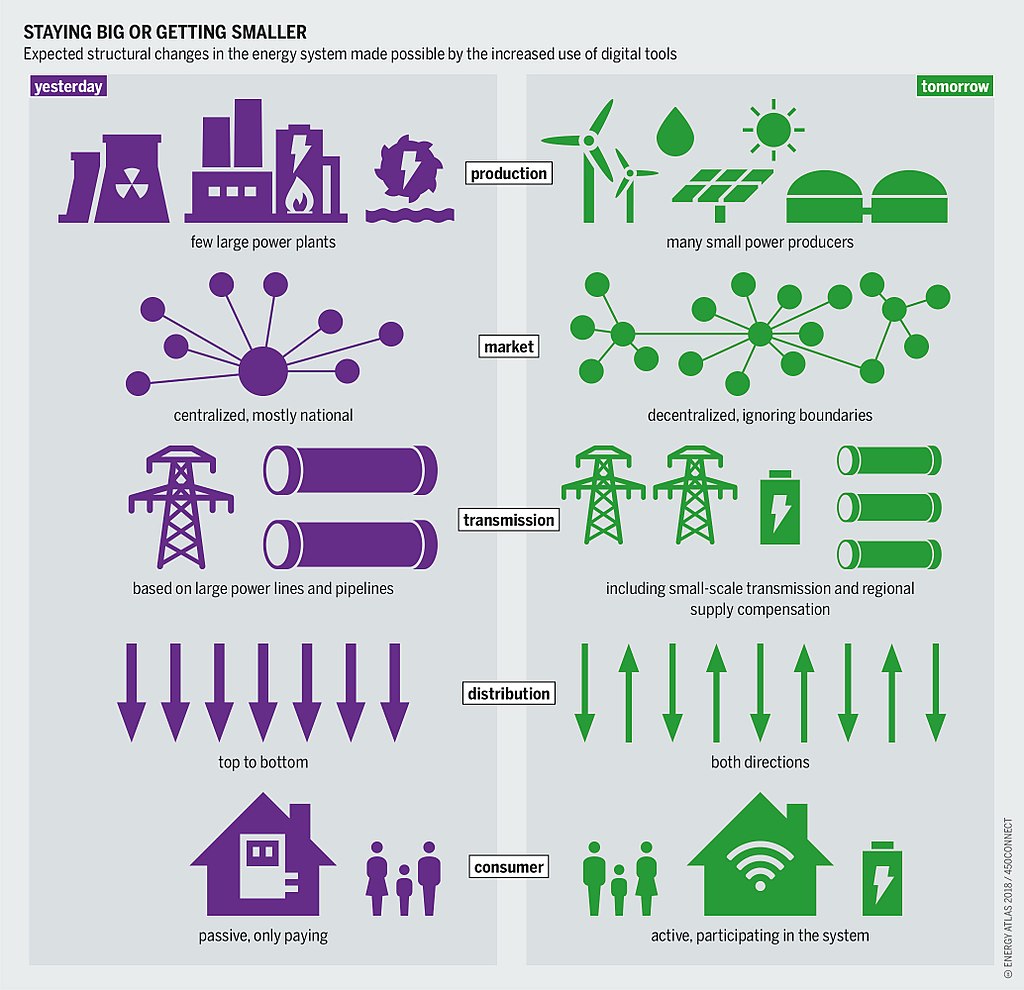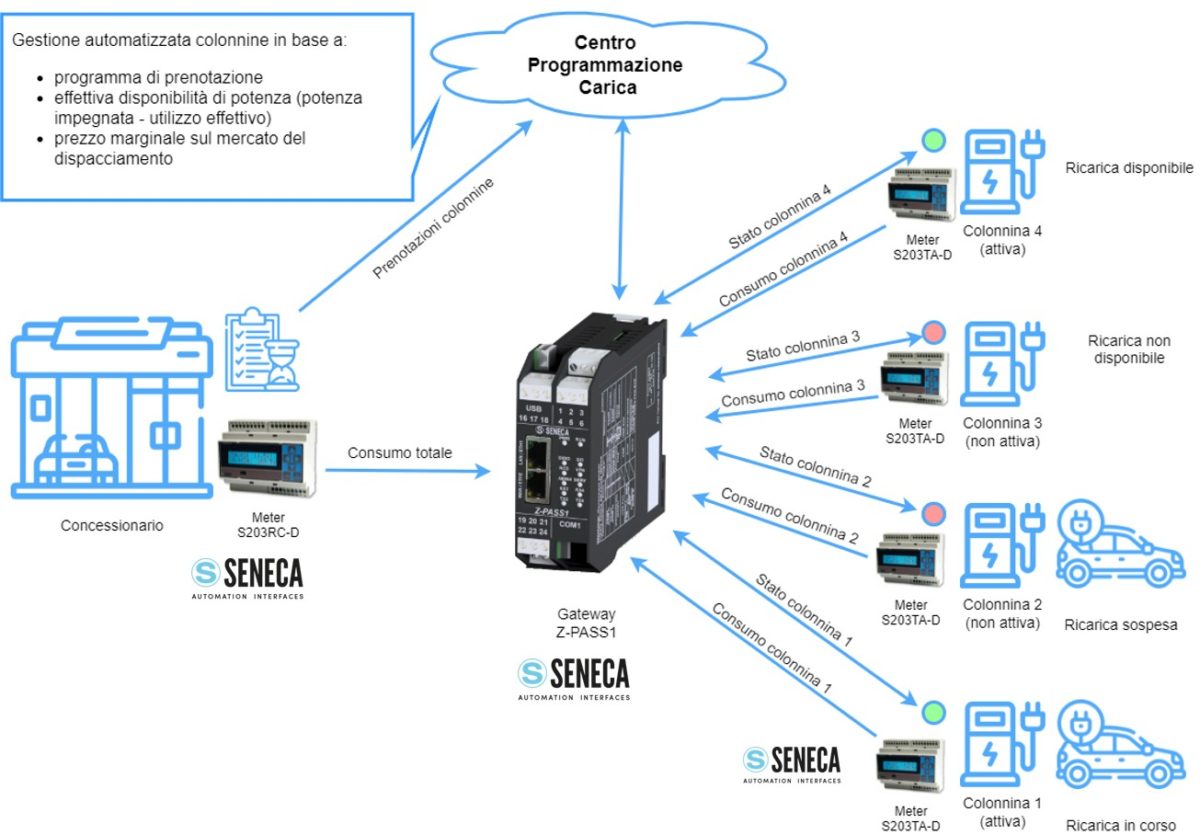 https://blog.seneca.it/wp-content/uploads/2022/01/Smart-City.jpg
https://blog.seneca.it/wp-content/uploads/2022/01/Smart-City.jpg
The future of electricity grids is linked to an important factor of innovation carried out by SENECA and some of its partners, namely electrical flexibility. This concept gives rise to solutions that favor the modeling and monitoring of electricity consumption as well as the development of smart grids of new conception.
In the context of an economy that is going to become more and more circular and responding to the decarbonisation objectives set by the European Union, also the guidelines of industrial and energy policy are going to pave the way for a rapid spread of green technologies. The National Recovery and Resilience Plan approved by the Italian parliament at the end of April 2021 contains the details of the plan regarding the green transition and for which almost 60 billion are allocated. On the other hand, in Italy the electricity grid – managed by Terna – is going through a radical process of transition from a centralized model to an extremely complex, integrated and distributed one, thanks to the progressive diffusion of renewable energies. Faced with this unavoidable evolution, Terna’s Board of Directors approved the 2020-2024 Strategic Plan, which envisages 7.3 billion euros of investments for the energy transition of the Italian electricity grid.
Smart grid and Smart Mobility: the end user from consumer to prosumer
The recent diffusion of renewable energy sources together with the fast growing sale of electric cars imposes a deep revision of the way the energy distribution network works. In the near future, the energy stored in the home batteries will not only reduce private consumption of energy taken from the grid, but will represent a potentially sellable asset. Unlike other countries, today in Italy this sale is not yet authorized and regulated, if not in the mode of on-site exchange, for which a few cents are recognized for each kWh of excess production transferred to the network automatically. For this reason, the so-called aggregators are emerging on the market, structured companies that act as energy traders, i.e. intermediaries between the individual user and the grid.
The aggregator represents the core of the emerging smart grid as it will deal with the purchase contracts from prosumers (consumer-producer) and resale on the market. This will encourage faster growth of all renewables and democratize energy storage for all electricity consumers. This will imply an increase in the demand for electricity and a related strengthening oriented mainly towards renewable energy generation systems. At the same time, the current distribution networks must be upgraded and modernized. The decentralization of production will correspond to an increase in peak demand in terms of instantaneous deliverable power, such as tens of kW needed for fast charging of electric cars. The consequent sizing of the network with adequate storage systems would be lightened structurally and in costs. More cars connected to the columns could make available or sell the energy stored in their batteries selling it on demand to the network. Although the systematic adoption of electric vehicles is still far away, it is necessary to intervene on the creation of the appropriate infrastructure, on the support to decarbonisation and on the reduction of emissions for which the current combustion transport systems are largely responsible.

Traditional system (left) versus the smart grid (right)
The Lombarda Motori case
In Italy, one of the first examples of use of charging stations for the benefit of balancing the national electricity grid can be considered the case of Lombarda Motori that, thanks to SENECA technology, has implemented an integrated management of charging stations in its dealerships in the province of Milan and Monza. The solution developed by Tecnalogic, engineering and design company partner of SENECA, is based on 3 pillars: innovation (reservation of the charging stations and local balancing of the consumption program of the dealers), flexibility (mapping, modulation and exploitation of flexible resources), sustainability (contribution to the balance of the electricity grid by reducing the use of power plants from non-renewable sources). The system developed by Tecnalogic allows the integration of the current charging stations within a centralized communication system. In addition, the centralized control of the columns is able to perform the aggregate enhancement of flexibility in the Dispatching Services market. The identification of new columns cannot disregard the provision of “open” communication protocols and the integration of the management of lighting and air conditioning systems. The management of the system is based on the dynamic creation of the recharging program of electric cars. The identification of the actual power availability ensures that the request for increase of the committed power is made only where necessary.
On the hardware side, the system is based on SENECA network analyzers and gateways for the collection of consumption data. The choice fell on three-phase network analyzers of the S203 Series and Z-PASS multifunction gateways / dataloggers that support VPN for secure and reliable communications, MQTT protocol to minimize bandwidth consumption and OPC UA standard for full interoperability with third-party devices. The data, a fundamental mine of information for making decisions, are then prepared for sending to the platforms of the various market operators / Terna with the IEC 60870-5-104 communication protocol supported by the Seneca Z-PASS multifunction gateways. The platform solution is able to identify the distribution of consumption within the production activities and the incidence of electricity on the costs of the single final product. This leads to the identification and balancing of aggregate energy profiles with reduction of purchasing costs and energy consumption.

Conclusions
The areas of evolution of such a project involves a fascinating process of democratization in the creation and distribution of energy that will involve frontier technologies: in particular the use of blockchain for the validation of the active participation of demand in the flexibility market. Linked to this technological development are the tokenization of assets for the valorization of a virtual currency associated to the modulation of flexibility) and the use of p2p communication for decentralized trading between members of Energy Communities.